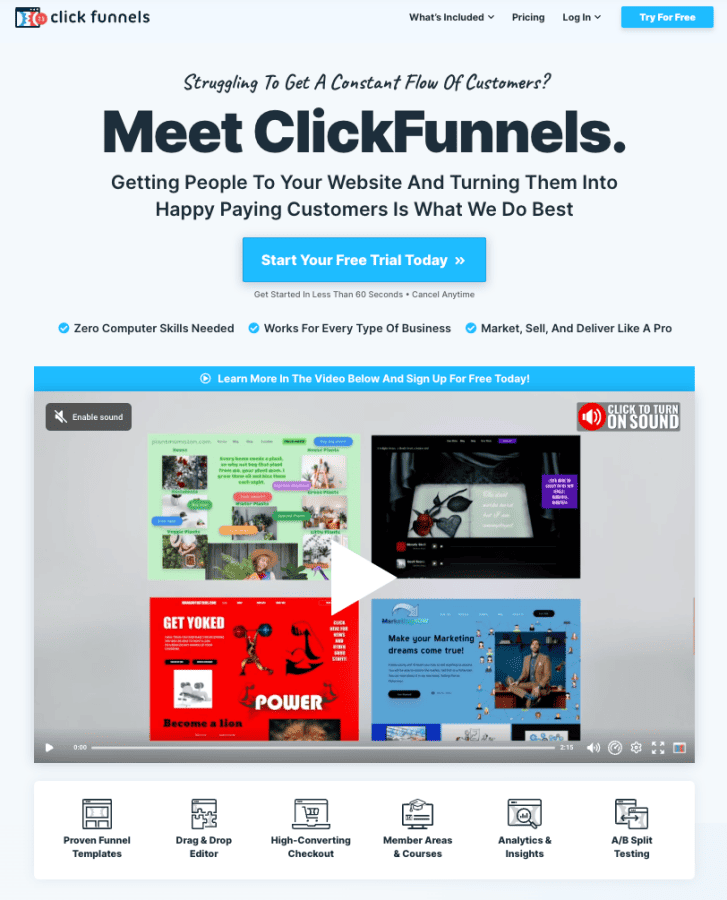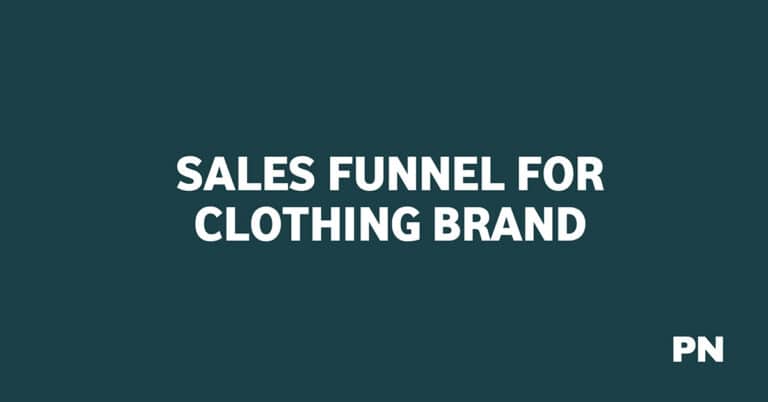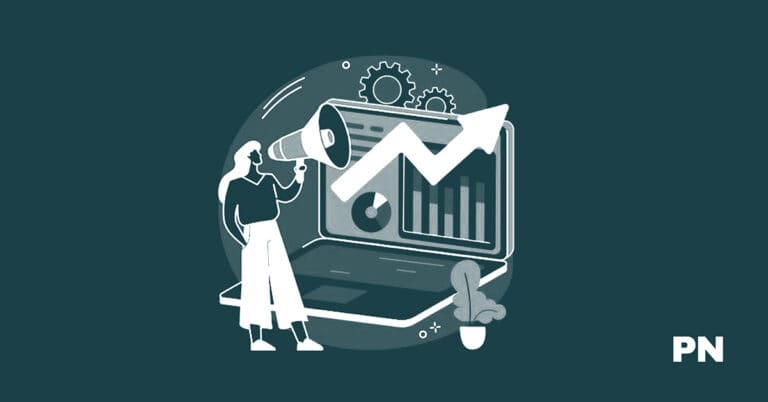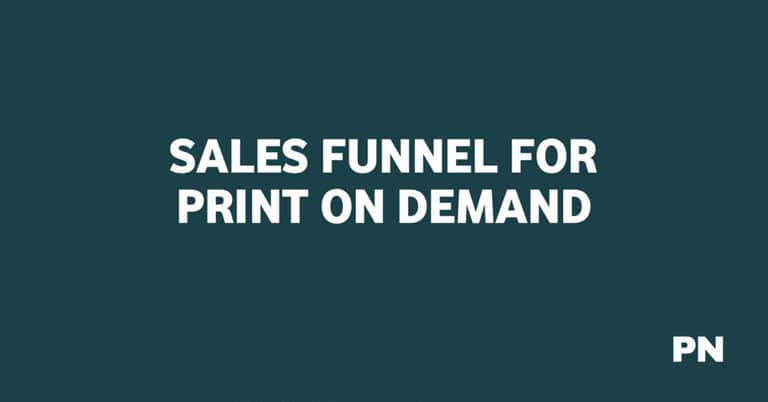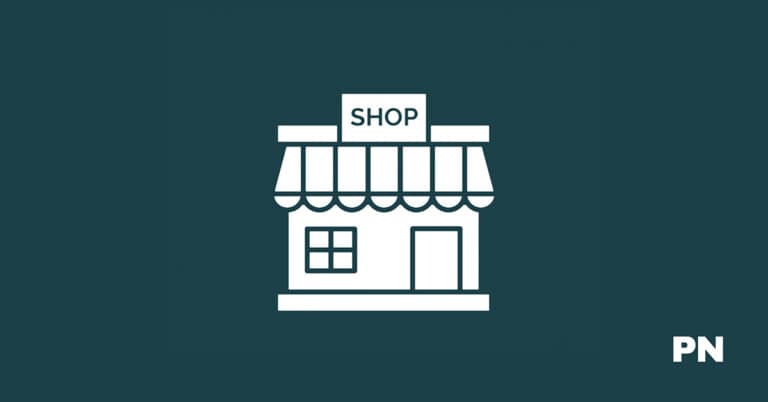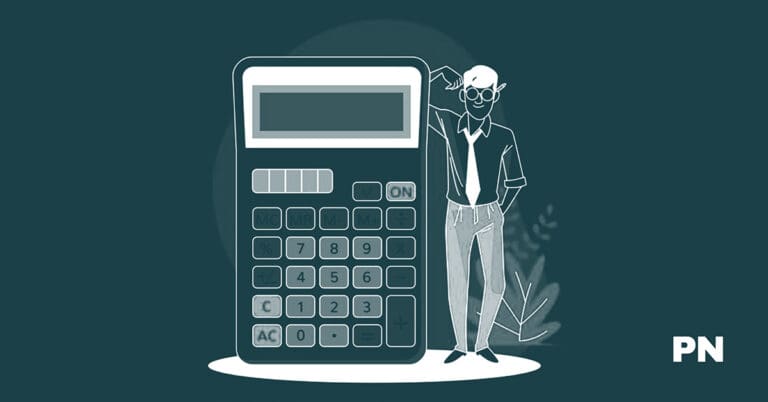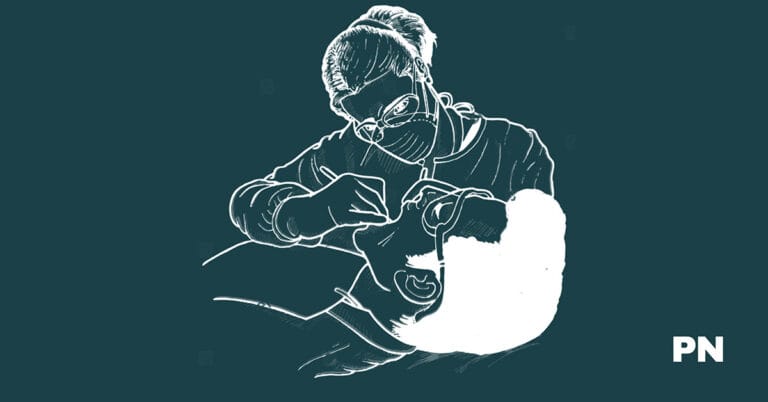Sales Funnel for B2C: A Comprehensive Guide
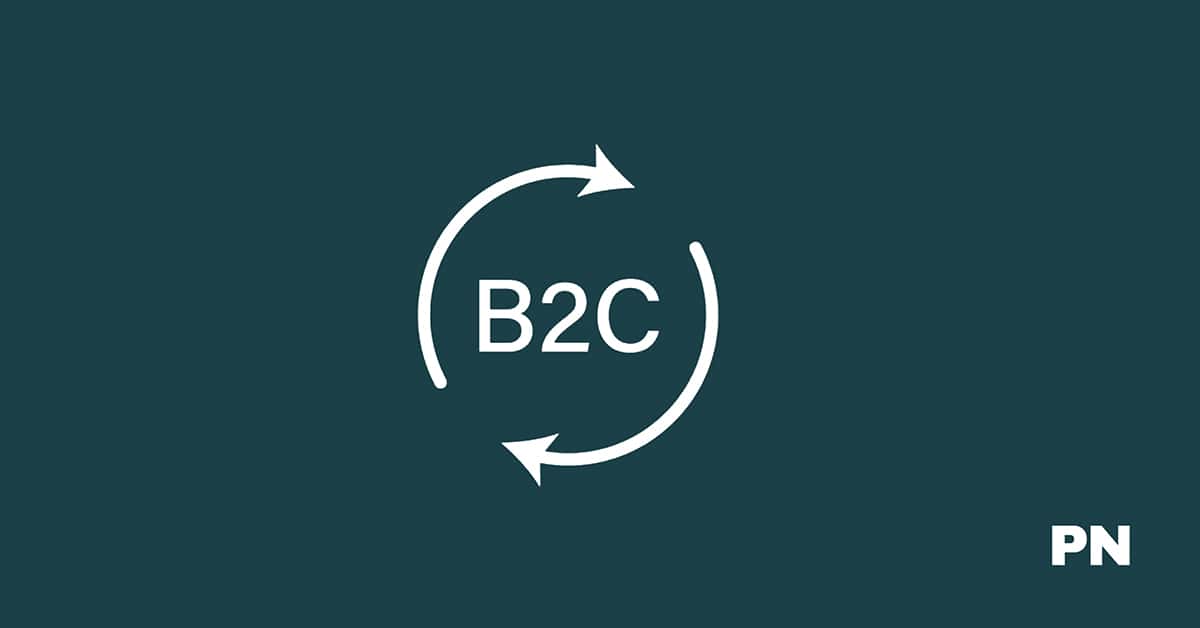
Did you know creating a sales funnel is crucial in boosting your B2C business’s success?
A sales funnel is a strategic model that guides potential customers from initial awareness of your brand to the final purchase. By implementing an effective sales funnel, you can attract, engage, and convert potential customers into actual buyers.
You must understand the different stages of creating a successful sales funnel for your B2C business.
These stages include introducing the potential customer to your brand, encouraging engagement with your brand, and ultimately leading the potential customer towards making a purchase.
By following these stages, you can guide potential customers through the buying process and increase your chances of making a sale.
In this guide, I’ll explore the different stages of a sales funnel and provide tips on how to build an effective sales strategy. Whether new to sales funnels or looking to improve your existing one, this guide will provide you with the knowledge and tools you need to succeed in B2C sales.
What is a B2C Sales Funnel?

A B2C sales funnel visually represents the customer journey from the first contact to the final purchase.
It is a consumer-focused model that helps businesses understand their customers’ mindset and how they might advance through the funnel. The purpose of a B2C sales funnel is to guide potential customers through a series of stages that ultimately lead to a sale.
The B2C sales funnel comprises three main stages: Awareness, Consideration, and Purchase. These stages help businesses attract potential customers, educate them about their products or services, and convert them into paying customers.
Awareness Stage
The first stage of the B2C sales funnel is the Awareness stage. At this stage, the customer becomes aware of your brand, product, or service. This can be achieved through various marketing channels such as social media, advertising, or word of mouth.
Consideration Stage
The Consideration stage is when the customer evaluates your product or service.
They may compare it with other options available in the market, read reviews, or seek recommendations from friends and family. At this stage, providing the customer with enough information is essential to make an informed decision.
Purchase Stage
The Purchase stage is the final stage of the B2C sales funnel. At this stage, the customer has decided to purchase your product or service. Making the purchase process as easy as possible is essential to ensure a smooth customer experience.
Why Do You Need a B2C Sales Funnel?
If you are running a B2C business, you need a sales funnel to guide your potential customers through buying.
A sales funnel visually represents a customer’s journey from the initial contact with your brand to the final purchase. It is a powerful tool that helps you understand your customers’ needs, identify their pain points, and create a strategy to address them.
Here are some reasons why you need a B2C sales funnel:
1. Helps Build Brand Awareness
A B2C sales funnel can help you build brand awareness by guiding your potential customers through the various stages of the buying process.
By creating a solid brand message and delivering it consistently throughout the funnel, you can increase brand recognition and create a positive brand image in the minds of your customers.
2. Improves Conversion Rates
A well-designed B2C sales funnel can help you improve your conversion rates by providing a clear path for your potential customers to follow.
By addressing their needs and pain points at each stage of the funnel, you can build trust and establish a relationship with your customers, ultimately leading to more sales.
3. Provides Valuable Insights
A B2C sales funnel can provide valuable insights into customers’ behavior and preferences.
By tracking their actions at each funnel stage, you can identify areas where they drop off and make changes to improve the overall user experience. This can help you optimize your funnel for maximum conversions and increase ROI.
A B2C sales funnel is essential for any business that wants to succeed in today’s competitive marketplace.
By guiding your potential customers through the buying process, you can build brand awareness, improve conversion rates, and gain valuable insights into your customers’ behavior and preferences.
Stages of the B2C Sales Funnel
When it comes to B2C sales, it’s essential to understand the various stages of the sales funnel. The funnel is a visual representation of the customer journey from the first contact with your brand to the final purchase.
Understanding each stage of the funnel is essential to optimizing your marketing efforts and increasing your sales.
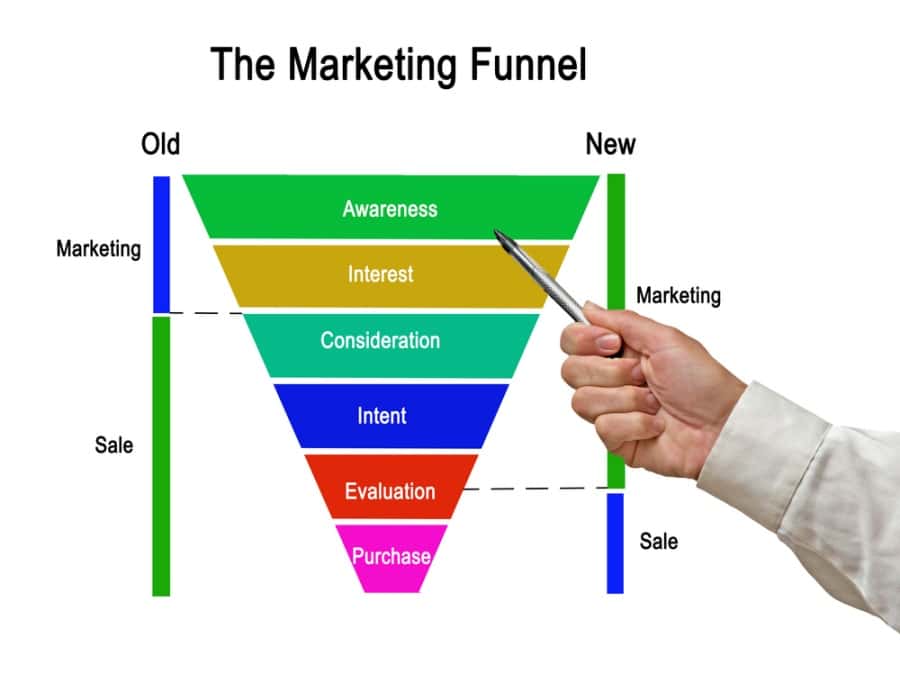
The Awareness Stage (Top of the Funnel, TOFU)
The awareness stage is the first stage of the B2C sales funnel. At this stage, potential customers become aware of your brand and products.
This stage is also known as the top-of-the-funnel (TOFU). Your goal at this stage is to create brand awareness and attract potential customers to your website.
To create brand awareness, you can use various marketing channels, such as social media, content marketing, and advertising. For example, you can create engaging social media posts, write blog posts, and run targeted ads to attract potential customers to your website.
The Consideration/Evaluation Stage (MOFU)
The consideration/evaluation stage is the second stage of the B2C sales funnel.
At this stage, potential customers are considering your brand and products. This stage is also known as the middle of the funnel (MOFU). Your goal at this stage is to provide potential customers with valuable information about your products and services.
To provide valuable information, you can create product demos, case studies, and customer reviews. You can also use email marketing to nurture potential customers and provide them with relevant product information.
Purchase Stage (Bottom Of The Funnel)
The purchase stage is the final stage of the B2C sales funnel. At this stage, potential customers are ready to make a purchase. This stage is also known as the bottom of the funnel (BOFU). Your goal at this stage is to make it easy for potential customers to purchase.
To make it easy for potential customers to make a purchase, you can optimize your website for conversions, offer multiple payment options, and provide excellent customer service.
You can also use retargeting ads to remind potential customers about your products and encourage them to purchase.
Post-Purchase Stage
The post-purchase stage is often overlooked, but it’s essential for building customer loyalty and increasing repeat purchases. At this stage, you must provide excellent customer service and follow up with customers after a purchase.
You can offer a satisfaction guarantee, fast and free shipping, and easy returns to provide excellent customer service. You can also use email marketing to follow up with customers and ask for feedback about their experience with your brand.
Repeat Purchase Stage
The repeat purchase stage is the final stage of the B2C sales funnel.
You want to encourage customers to repeat purchases and become loyal at this stage. To encourage repeat purchases, you can offer loyalty programs, provide exclusive discounts, and create engaging content that keeps customers returning.
understanding the various stages of the B2C sales funnel is essential for optimizing your marketing efforts and increasing sales. By creating brand awareness, providing valuable information, making it easy for customers to make a purchase, providing excellent customer service, and encouraging repeat purchases, you can build a successful B2C business.
How Do I Create a B2C Sales Funnel?
Creating a B2C sales funnel can be a strategic process that involves understanding your target audience, designing an effective funnel, and continually optimizing it to improve performance. Here are the steps you can follow to create a B2C sales funnel:
Step 1: Define Your Target Audience
The first step in creating a B2C sales funnel is to define your target audience.
You must understand your potential customers, their needs and pain points, and how your product or service can solve their problems. This information will help you create messaging that resonates with your target audience and attracts them to your funnel.
Step 2: Create Awareness
The next step is to create awareness of your product or service.
This can be done through various marketing channels such as social media, paid ads, content marketing, and email marketing. Your messaging should focus on the benefits of your product or service and how it can solve your target audience’s problems.
Step 3: Generate Interest
Once you have created awareness, the next step is to generate interest in your product or service.
This can be done by providing valuable content such as blog posts, videos, and webinars that educate your target audience about your product or service. You can also offer free trials or demos to give them a taste of what you offer.
Step 4: Convert Leads into Customers
The next step is to convert leads into customers. This can be done by providing a straightforward and easy-to-use checkout process, offering discounts or free shipping incentives, and providing excellent customer service.
You can also use retargeting ads to remind potential customers of your product or service and encourage them to complete their purchases.
Step 5: Retain Customers
The final step in creating a B2C sales funnel is to retain customers. This can be done by providing exceptional customer service, loyalty programs, and ongoing support and education about your product or service.
Happy customers are more likely to become repeat customers and refer others to your business.
What is The Best Funnel Software for B2C?
When building sales funnels for B2C businesses, ClickFunnels stands out as the best software available. ClickFunnels is a powerful tool that helps entrepreneurs build sales funnels faster and quickly scale their businesses.
ClickFunnels offers a range of features specifically designed for B2C businesses.
These features include upsells and downsells, free funnel templates, shopping carts and checkout, CRM, analytics, and loyalty tools. With these features, entrepreneurs can create effective sales funnels that convert leads into customers and increase revenue.
One of ClickFunnels’ critical benefits is its ease of use. The software is user-friendly and requires no coding or technical skills. This means that even without experience building sales funnels, you can create a professional-looking funnel in minutes.
Another advantage of ClickFunnels is its ability to integrate with other tools. For example, it can integrate with email marketing software, payment gateways, and other third-party tools. This makes managing your sales funnel and automating your marketing efforts easy.
ClickFunnels also offers a range of templates designed explicitly for B2C businesses. These templates are customizable and can be tailored to your specific needs. This means you can create a sales funnel that is unique to your company and resonates with your target audience.
Frequently Asked Questions
What is a funnel in B2C business?
A funnel in B2C business is a model that represents the journey a potential customer takes when making a purchase. It is a series of steps that a customer takes, starting with discovering a product or service, developing interest, evaluating options, and ultimately making a purchase decision.
What are the key stages in developing a B2C sales funnel?
The key stages in developing a B2C sales funnel are awareness, interest, consideration, and conversion. These stages represent the customer journey from the initial stage to the final, and they are crucial in developing an effective sales funnel.
How do you create an effective B2C sales funnel?
To create an effective B2C sales funnel, you need to understand your audience, design an effective funnel, and continually optimize it to improve performance. Asking the right questions at the right time to the right people is crucial for gaining contextual insights about your sales funnel.
How can I optimize my B2C funnel for higher conversion rates?
To optimize your B2C funnel for higher conversion rates, you need to focus on improving the customer experience, identifying and addressing any bottlenecks, and continually testing and refining your funnel to improve performance.
What metrics are crucial for analyzing the performance of a B2C funnel?
The metrics that are crucial for analyzing the performance of a B2C funnel include conversion rate, click-through rate, bounce rate, time on site, and customer lifetime value. These metrics can help you identify areas of your funnel that need improvement and guide your optimization efforts.
How do industry benchmarks influence B2C conversion funnel performance?
Industry benchmarks can be used to measure the performance of your B2C conversion funnel against your competitors and the industry as a whole.
By comparing your funnel performance to industry benchmarks, you can identify areas of improvement and make data-driven decisions to optimize your funnel for higher conversion rates.
Wrapping Up
In conclusion, creating a sales funnel for your B2C business requires a strategic approach that involves understanding your audience, designing an effective funnel, and continually optimizing it to improve performance.
Following the steps outlined in this guide, you can create a sales funnel that attracts, engages, and converts potential customers.
To recap, the critical steps in creating a B2C sales funnel include:
- Understanding your target audience and their needs
- Developing a clear value proposition that addresses those needs
- Creating a multi-stage funnel that guides prospects through the buying process
- Using a variety of marketing channels to attract and engage potential customers
- Measuring and analyzing your funnel’s performance and continually optimizing it to improve results
Remember that creating an effective sales funnel is an ongoing process and requires constant attention and refinement.
By staying focused on your target audience and continually testing and refining your funnel, you can maximize your chances of success and drive more revenue for your business.
So, take the time to develop a solid sales funnel that is tailored to your business and your audience, and watch your sales numbers soar.
Disclosure: We may earn commissions if you buy via links on our website. Commissions don’t affect our opinions or evaluations. We’re also an independent affiliate of many platforms, including ClickFunnels, Kartra, GoHighLevel, Podia, Northwest Registered Agent, and others. We’re not employees of these services. We receive referral payments from them, and the opinions expressed here are our own and are not official statements of these companies.
